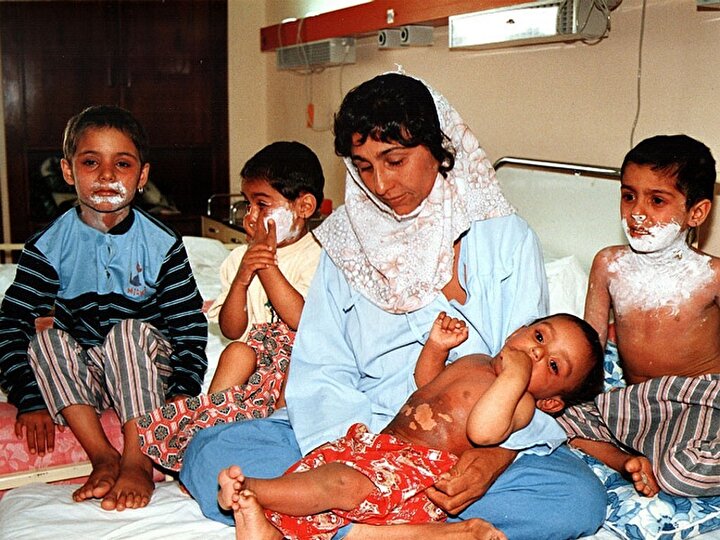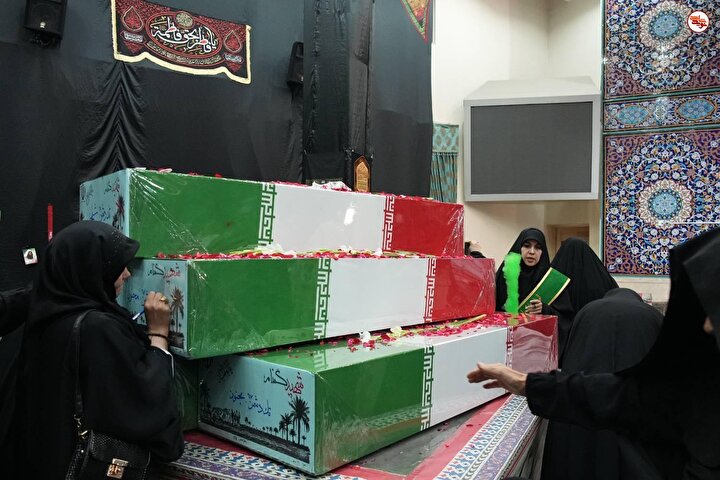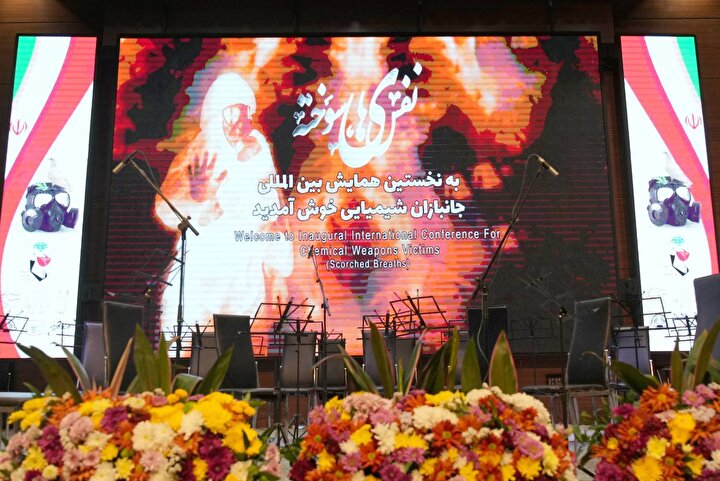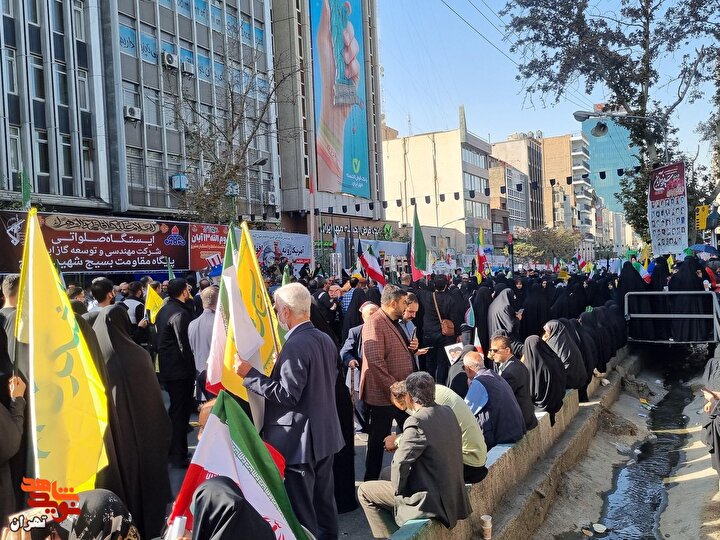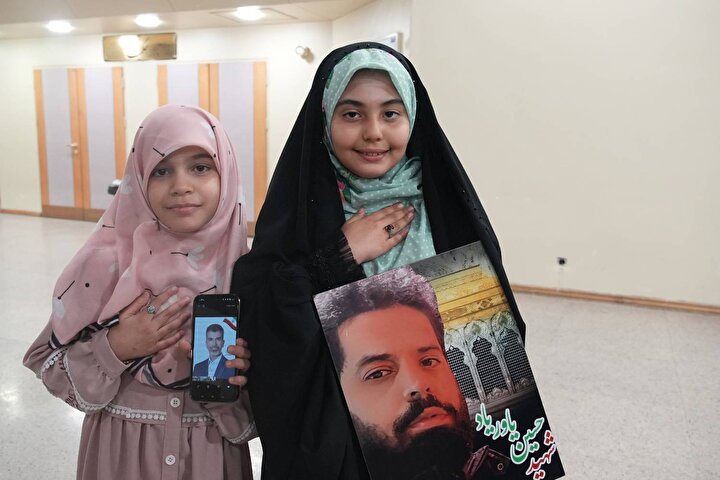
Friday, December 11, 1981
The Martyrdom of Ayatollah Dastgheib
His anti-Shah political struggle began since hijab ban conspiracy, but was culminated with start of Imam Khomeini’s movement.
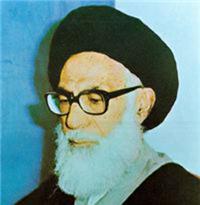
Ayatollah Seyyed Abdul-Hussein Dastgheib was born to a cleric and educated family in Shiraz in 1909. His father Seyyed Mohammad Taqi was in Karbala when he was born and since his birthday was coincident with Ashura named him Abdul-Hussein. Seyyed Abdul-Hussein missed his father when he was 12.
In 1931, he departed for Najaf to continue his religious studies and could achieve, using the advantage of the presence of its grand teachers, the level of ijtihad. His anti-Shah political struggle began since hijab ban conspiracy, but was culminated with start of Imam Khomeini’s movement. On June 5, 1963, he was arrested and sent into exile to Tehran. In 1964, he was once again comprehended, transferred to Tehran, imprisoned and then sent into exile. After release, he took the leadership of people of Shiraz in struggle against the regime. In 1977, he experienced a period of home arrest under harsh supervision of the Shah’s hirelings, but people’s reaction made them to withdraw. After savage massacre of people in Shiraz by the regime, a curfew was imposed on the city and indefatigable Ayatollah Dastgheib was arrested and imprisoned.
Subsequent to victory of the Islamic Revolution, he was elected representative of people of Fars in the Assembly of Experts and also appointed as Friday prayer Leader of Shiraz by a decree from Imam Khomeini. He was also appointed director of Fars Seminary and reopened seminaries of Qavam, Hashemieh and Astaneh of Shiraz which had been suspended by Pahlavi Regime during prolonged days of struggle.
Eventually on Decemebr, 11, 1981, he was assassinated by hypocrites (People’s Mujahedin) in his way home from Friday prayer.
Ayatollah Seyyed Abdul-Hussein Dastgheib was born to a cleric and educated family in Shiraz in 1909. His father Seyyed Mohammad Taqi was in Karbala when he was born and since his birthday was coincident with Ashura named him Abdul-Hussein. Seyyed Abdul-Hussein missed his father when he was 12. In 1931, he departed for Najaf to continue his religious studies and could achieve, using the advantage of the presence of its grand teachers, the level of ijtihad. His anti-Shah political struggle began since hijab ban conspiracy, but was culminated with start of Imam Khomeini’s movement. On June 5, 1963, he was arrested and sent into exile to Tehran. In 1964, he was once again comprehended, transferred to Tehran, imprisoned and then sent into exile. After release, he took the leadership of people of Shiraz in struggle against the regime. In 1977, he experienced a period of home arrest under harsh supervision of the Shah’s hirelings, but people’s reaction made them to withdraw. After savage massacre of people in Shiraz by the regime, a curfew was imposed on the city and indefatigable Ayatollah Dastgheib was arrested and imprisoned. Subsequent to victory of the Islamic Revolution, he was elected representative of people of Fars in the Assembly of Experts and also appointed as Friday prayer Leader of Shiraz by a decree from Imam Khomeini. He was also appointed director of Fars Seminary and reopened seminaries of Qavam, Hashemieh and Astaneh of Shiraz which had been suspended by Pahlavi Regime during prolonged days of struggle. Eventually on Decemebr, 11, 1981, he was assassinated by hypocrites (People’s Mujahedin) in his way home from Friday prayer.
